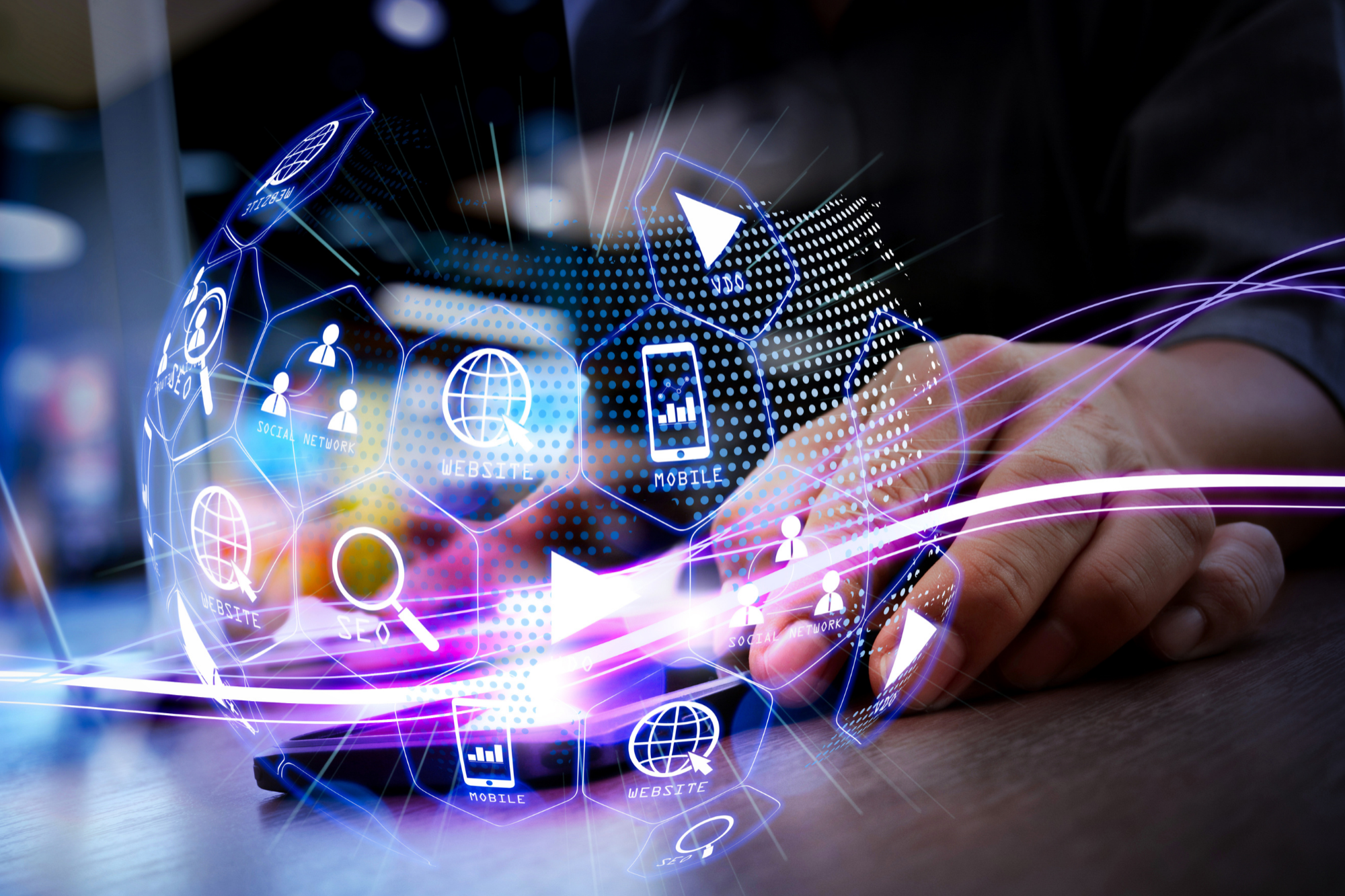Four Digital Marketing Trends Startups Should Take Note Of In 2022 With every year bringing with it a new set of challenges, here are some redefined business metrics that you should be working toward in 2022.
By Shadi Abdulhadi Edited by Aby Sam Thomas
Opinions expressed by Entrepreneur contributors are their own.
You're reading Entrepreneur Middle East, an international franchise of Entrepreneur Media.

For businesses, every year brings with it a new set of challenges, different from the previous. As the founder and CEO of Boopin, one of the fastest-growing local and global digital media agencies in the UAE, here are my thoughts on the redefined business metrics that you should be working toward in 2022:
1. The double bottom line Established brands and startups alike will be increasingly required to deliver not only on traditional growth metrics, but also on a clearly identified framework for sustainable practices- herein lies the "double bottom line."
Tons of research has indicated that even with immediate action, environmental shifts could take centuries to remedy, therefore it is important for companies to value profit as well as the planet. The double bottom line is thus an approach giving equal weight to profits and ecological impact deriving from a company's activity. Investors are increasingly sold on this idea, as they perceive firms with strong environmental, social and governance credentials being well-positioned for the long term.
The environmental "bottom line" covers a company's entire operations and product lifecycle. For example, it may include the materials required to make products, the energy the company consumes when using digital services, emissions generated by ad campaigns, or reusing items that are no longer needed. Consumers expect brands to step up on environmental issues, and recent polls conducted by the World Advertising Research Center (WARC) suggest that over a third of employees claim there is a gap between what their company says it does on sustainability, and what it is actually doing. It is therefore imperative for your company communications related to sustainability are not overstating what you are doing.
There is not a quick fix. It is something that demands constant attention and commitment from an organization. Models based on achieving financial growth alone will not be able to survive the scrutiny of shareholders, consumers, or communities in the long term.
2. Closing the effectiveness gap For startups and brands driving marketing activities, it is important to understand the changes taking place in the industry. Brands will find it harder to access and analyze user-level data as a result of increased privacy regulations, the deprecation of third-party cookies by Google, and the decision made by Apple to require users to opt-in to ad tracking by mobile apps.
For companies with direct customer relationships, the solution to the impending restrictions will be to prioritize the collection of first-party data. Not all brands however will find it possible to build large pools of this, and it will be extremely challenging to build customer profiles amid growing data fragmentation in a post-cookie world. Use this as an opportunity to explore insights garnered from probabilistic data and analysis and holistic measurement solutions- i.e. avoid "last-click" attribution models.
Related: Reimagining Life In The Metaverse: Building Value-Driven Ecosystems In Hyper-Realistic Worlds
Measurement is key to the success of your marketing, digital or not. In future, it may require a suite of tools rather than a single tool that can "do it all." Most companies and marketers strive for immediate results; however, with measurement becoming more challenging in future, it is important to ensure you have the correct infrastructure in place in order to establish long-term effectiveness.
As the industry strives to cement a full-proof solution to measurement challenges in future, brands can benefit from artificial intelligence-powered market mix modelling solutions and techniques. The right measurement solution will depend highly on your brand strategy, level of activity, and marketing budget.
3. The post-lockdown consumer We all witnessed the accelerated shift towards digital platforms and services being provided by brands over the course of the COVID-19 pandemic. As things return to normal, the changes exhibited by consumer behavior will remain.
E-commerce adoption grew exponentially over the last two years, and it is having a profound impact on marketing strategies. Some brands saw significant growth across older customer segments, which means it is imperative that user experience should be given a lot of thought when developing assets.
The second part to this is making sure your brand is there whenever people need it. A lot of purchases are often made on impulse. Ensuring your brand is front of mind as soon as a consumer enters the market is key to market gain, and having solid awareness practices in place is the best way to do this. Again, think long-term impact over immediate results. Focus on creating a customer experience that offers flexible and consistent support for a wide range of digital skill sets and mindsets.
4. Connecting with consumers Content creators have gained sizeable fan followings across a variety of platforms, and it is driven by passionate individuals who share their interests with an engaged community. Social commerce will imminently become mainstream, and brands must be willing to collaborate with and give creative freedom to creators. It's important to understand the nuance between influencers and creators to take advantage of the growing creator economy. Research conducted by TikTok showed that 88% of users discover new content while on the app, and 50% discover new products and brands in the process, with 91% of these taking some sort of action after seeing the content.
Social commerce adoption (as well as e-com) has also been accelerated by the pandemic. Social platforms are now becoming shopping destinations- see the introduction of Shops on Instagram, for instance. Technology has made shoppable media a seamless experience, transforming these platforms into online malls. Live-stream commerce will be the next big thing in this space. We've already seen huge adoption by tech players in China which has proven to be successful- naturally, other platforms will work towards facilitating such experiences as it opens up additional revenue streams.
Related: Here's How The UAE's New 9% Corporate Tax Could Impact The Country's Entrepreneurial Ecosystem












